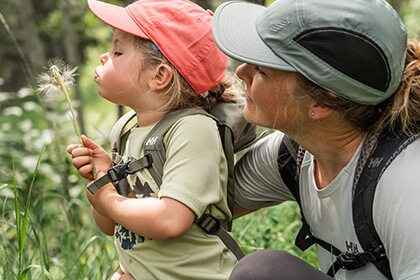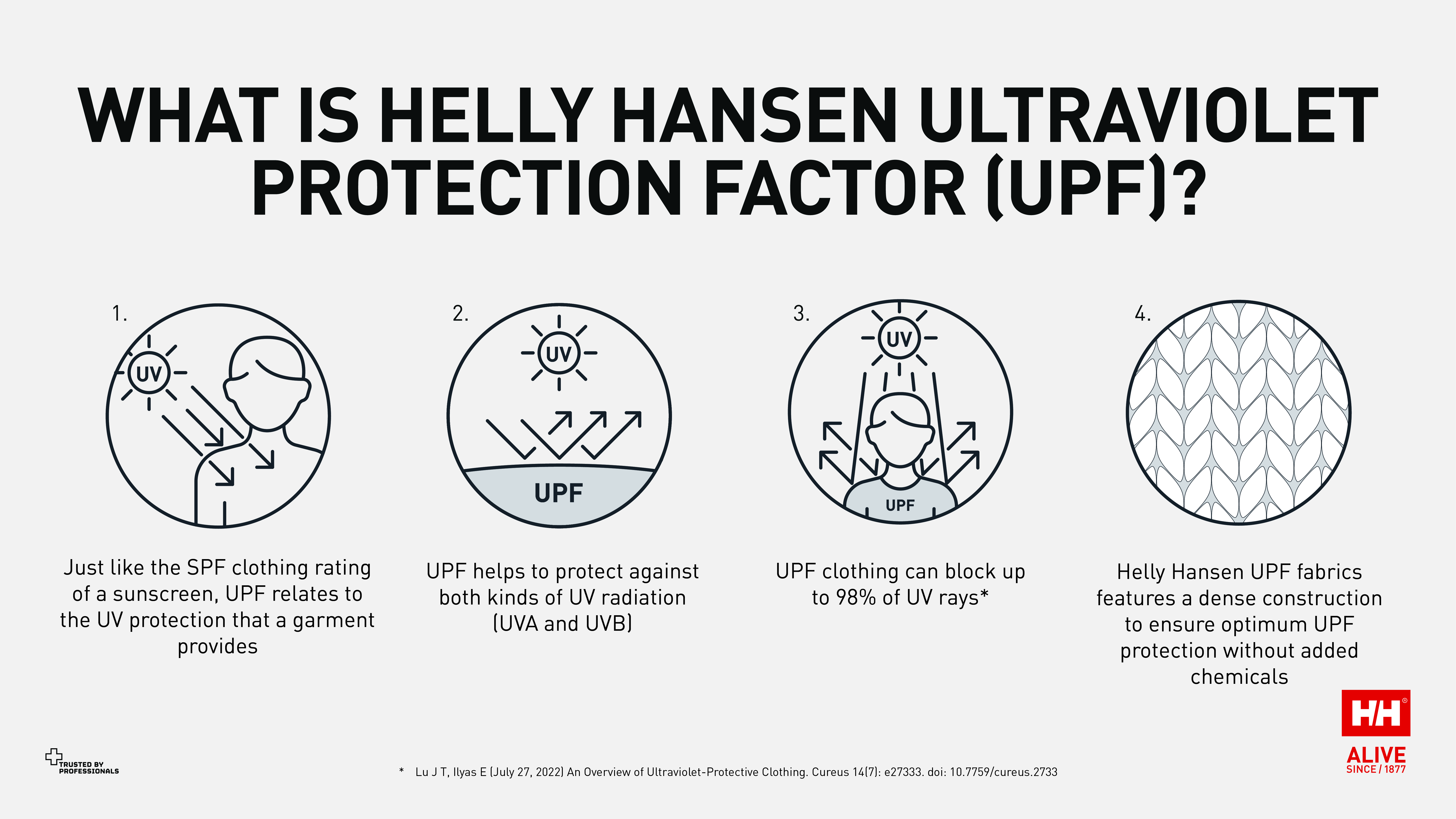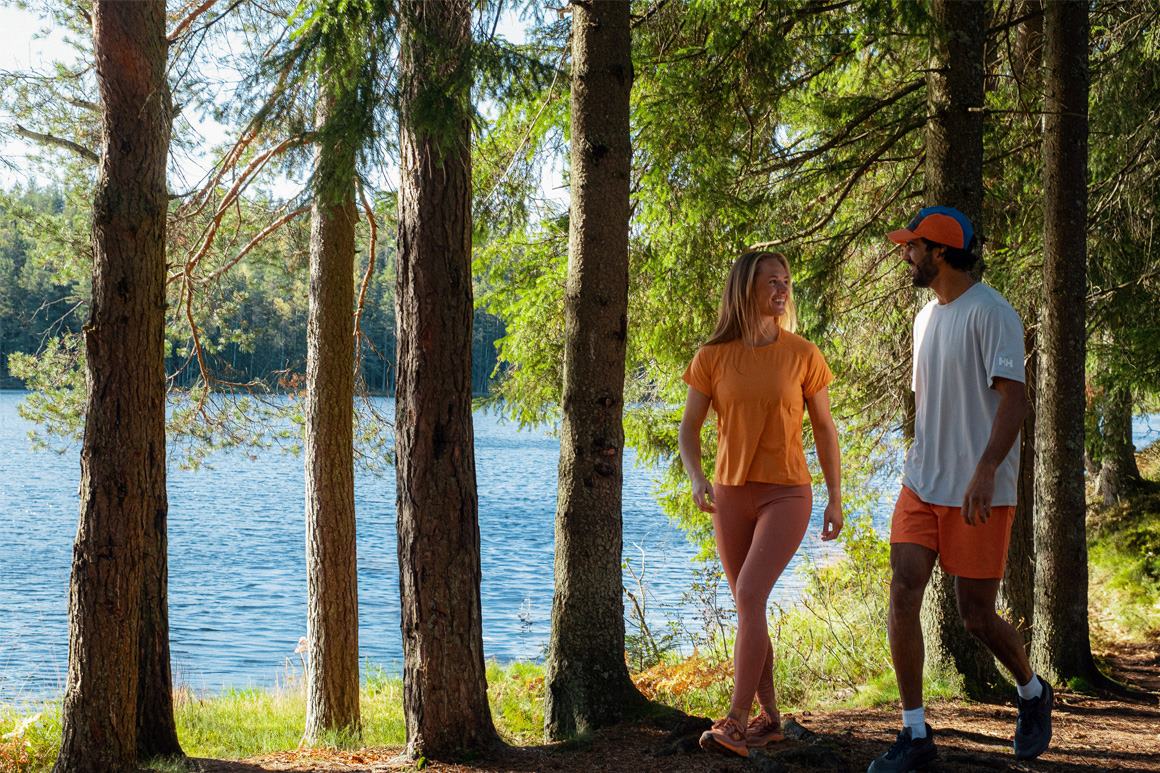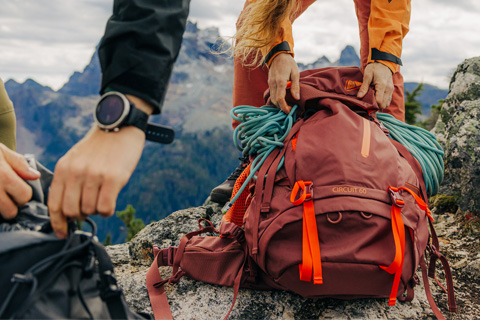
Everything You Need To Know About UPF Clothing
March 05, 2025 4 min read
If you've been searching for the best ways to protect your skin from harmful UV rays, you may have heard the term "UPF clothing." But what exactly does it mean, how does it work, and why might you need it?
Sun protection doesn’t stop at sunscreen - it goes deeper, right down to the clothes you wear. Enter UPF clothing, designed to shield your skin from the sun's powerful rays. For those passionate about outdoor adventures or simply mindful of sun exposure, this guide breaks down the essentials of UPF clothing, from how it offers sun protection to the secret behind the science.
Explore Our UPF Clothing
What Is UPF Clothing?
UPF stands for Ultraviolet Protection Factor, a rating system used to measure how effective fabrics are at blocking ultraviolet (UV) rays from reaching your skin. Much like SPF (sun protection factor) for sunscreen, UPF ratings tell you how much UV radiation a fabric allows penetrating. For example, a UPF 50+ rating means that the fabric blocks about 98% of UV rays, allowing only 2% to pass through. Compare this to regular clothing—like a standard cotton t-shirt—which typically provides the equivalent of a UPF 5 rating or less, and the difference is clear.

How Does UPF Clothing Work?
UPF clothing works thanks to advanced fabric construction and materials—denser weaves, unique fibers, and special treatments provide superior protection. Key factors include:
- Tighter weave: Fabrics with tighter weaves leave less space for UV rays to pass through.
- UV-blocking additives: Some UPF garments are treated with sun-blocking chemicals during production.
- Natural or synthetic materials: Fabrics like polyester and nylon typically fare better in UV resistance compared to natural materials like cotton. Whether you’re hiking, swimming, or just spending time outdoors, UPF clothing provides an extra layer of reliable defense against harmful UV exposure.
How Long Does UPF Clothing Last?
UPF clothing offers durable protection, but its effectiveness can depend on several factors, including fabric quality, frequency of wear, and how you care for it.
Does UPF Wash Out?
Unlike sunscreen, UPF isn’t something you apply—it’s embedded in the fabric itself. However, improper care may reduce effectiveness. Some UPF garments, especially those treated with UV-blocking chemicals, may gradually lose their effectiveness after repeated washes. Our entire range of UPF clothing guarantees UV protection by construction without any chemical treatment, meaning that the UPF never washes out, even with regular use.
When Should You Wear Sun-protective Clothing?
Exposure to UV rays isn’t just a summer concern—they can be just as strong on cloudy days or during colder months.
UPF clothing is especially necessary in these situations:
- Outdoor activities: Whether hiking or running, sun exposure calls for added protection.
- Sailing and beach days: Reflective surfaces like water and sand amplify UV exposure. Protect yourself with lightweight UPF clothes.
- High altitudes: UV radiation increases with elevation, making sun protection crucial during mountain trips, like ski touring.
Top tip: if you feel a bit sweaty in the heat, pick UPF clothing with moisture-wicking qualities, which will keep you cool, dry, and protected.
Do You Need Sunscreen Under UPF Clothing?
It’s easy to think that sunscreen isn’t necessary, but you should still apply it. Whether you’re relaxing at the beach or working up a sweat on the trail, parts of your body can still get exposed to direct sunlight (especially areas like the neck, face and wrists).
Does Color Affect UPF?
For non-UPF clothing, darker colors like black and navy tend to block more UV rays than lighter shades. When it comes to UPF clothing specifically, the color should not affect the level of UV protection. At Helly Hansen, all our UPF clothing is tested to ensure that every piece, regardless of color, offers the same level of protection.

UPF Clothing vs. Regular Clothing
Is UPF Clothing Better Than Regular Clothing?
While a simple long-sleeved shirt might provide some shield against the sun, it’s no match for the specially designed defense of UPF clothing. UPF fabrics are tested and rated to ensure consistent protection, something that regular clothing cannot guarantee.
Are All Clothes UPF?
Technically, all fabrics block UV rays to some extent, but most everyday clothing lacks the density or treatment required to meet UPF certification standards. Even items like thin t-shirts or loosely woven fabrics leave you vulnerable to UV exposure. So when it comes to reliable protection, investing in UPF clothing is the smarter, safer choice.
How To Wash UPF Clothing
Like all garments, UPF clothing should be cared for in the right way to maintain its effectiveness.
- Read the label: Always follow the manufacturer’s care instructions for best results.
- Cold wash only: Use cold water to protect fibers and reduce wear.
- Skip harsh detergents: Use a gentle soap or mild detergent designed for delicate fabrics.
- Avoid stretching: Don’t wring out your clothing, as pulling or twisting can weaken the fibers.
- Air dry: High heat can degrade fibers, so avoid the tumble dryer.
Why You Should Wear UPF Clothing
The Benefits:
- Superior sun protection: All our UPF clothing is tested and rated, offering peace of mind.
- Comfort: Lightweight, breathable materials keep you cool while offering exceptional protection.
- Versatility: Perfect for daily life and outdoor adventures—stay protected wherever you go.
When paired with sunscreen and cared for in the right way, UPF clothing is your best line of defense against harmful UV exposure.
Stay Protected With Solen
Discover Solen, our collection of UPF 50 clothing designed for your favorite activities, whether it’s spring skiing, summer sailing or hiking new trails. Each piece is lightweight, breathable and moisture-wicking, offering comfort and sun protection on the go.


May 27, 2025 4 min read
Hiking for beginners
New to hiking? Learn step-by-step how to enjoy the outdoors confidently with these beginner-friendly advice.

January 30, 2025 2 min read
How to wash a backpack
Learn how to wash your backpack without a washing machine in four easy steps.